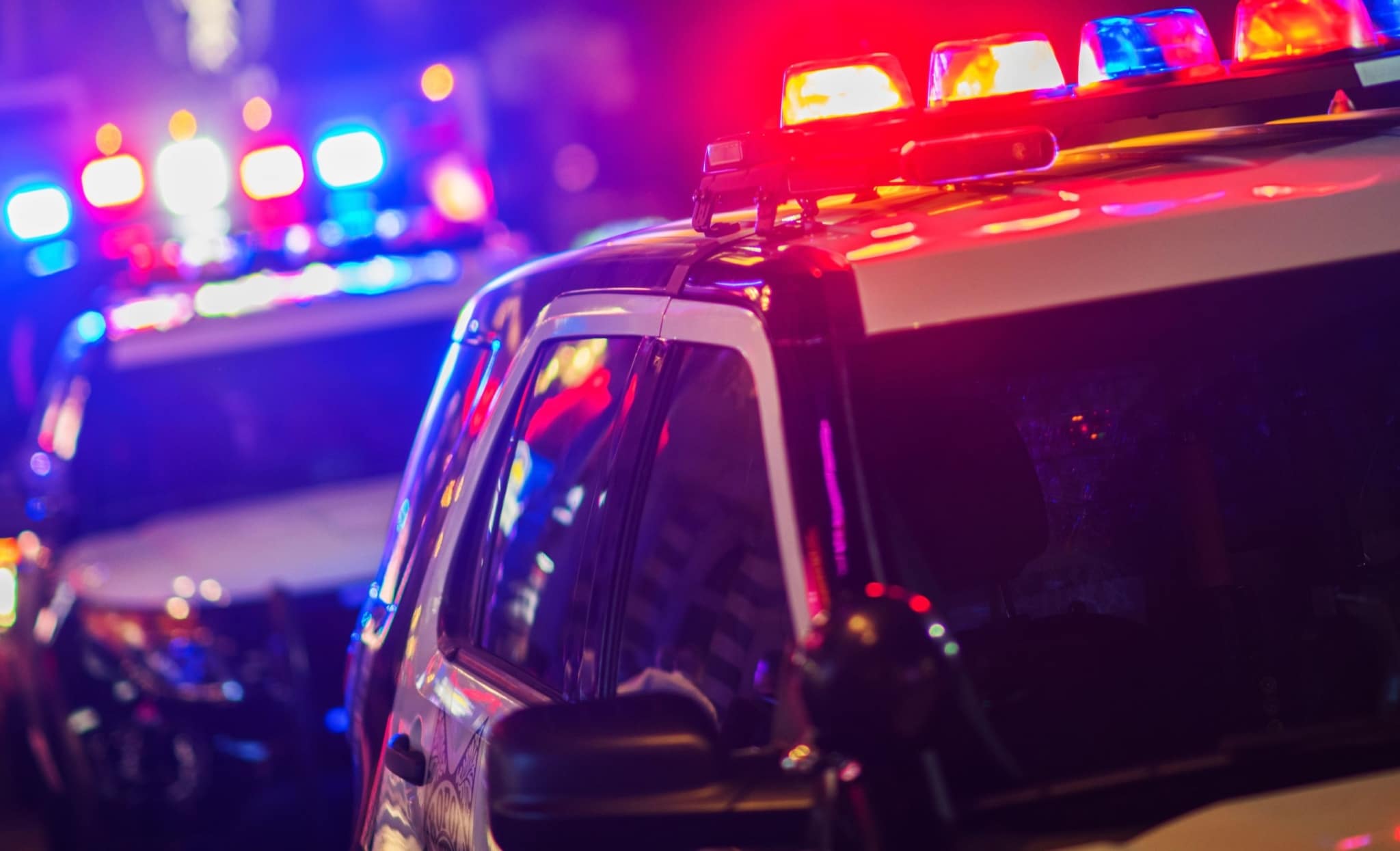Driving is an essential part of modern life, offering convenience and freedom to navigate the world around us. However, encounters with law
1. Stay calm and composed: The moment you see those flashing lights in your rearview mirror, it’s crucial to remain calm. Pull over to the side of the road safely, using your turn signal to indicate your intention. Turn off your engine, roll down your window, and place your hands on the steering wheel where they are visible to the officer. This demonstrates your willingness to cooperate and alleviates any potential concerns the officer may have.
2. Be mindful of your surroundings: If it’s nighttime, turn on your vehicle’s interior lights to enhance visibility for the officer. This small gesture goes a long way in establishing a sense of safety and transparency. Avoid sudden movements and keep your hands on the steering wheel throughout the interaction.
3. Know your rights: Understanding your rights is crucial during a traffic stop. In the United States, you have the right to remain silent and the right to refuse a search of your vehicle. You can politely assert your rights by saying, “I choose to remain silent” or “I do not consent to a search.” However, avoid confrontation and maintain a respectful tone when doing so.
4. Communication is key: When the officer approaches your vehicle, greet them politely and provide the requested documents, such as your driver’s license, vehicle registration, and proof of insurance. If these documents are in a glove compartment or a bag, inform the officer of your intention before reaching for them. Effective communication helps build rapport and fosters a sense of cooperation.
5. Follow instructions: During the encounter, listen carefully to the officer’s instructions and follow them promptly. If you need to retrieve an item from your vehicle or step out of the car, inform the officer of your actions before proceeding. Avoid making sudden movements that may raise suspicions.
6. Remain respectful: Treating the officer with respect and courtesy can significantly influence the tone of the interaction. Address the officer as “Officer” or “Sir/Ma’am,” and avoid using confrontational language. Stay composed, even if you believe the stop is unwarranted. Any concerns about the stop can be addressed at a later time; the traffic stop itself is not the appropriate moment for debate.
7. Stay patient: Traffic stops can take time, and officers may be dealing with multiple tasks simultaneously. Exercise patience and remain in your vehicle until the officer instructs you otherwise. Remember that the goal is to ensure the safety of all parties involved.
8. Dealing with disputes: If you believe you were stopped unfairly or treated improperly, remember to stay calm. Once the traffic stop is complete, you have the right to file a complaint or address your concerns through the appropriate channels. Engaging in a respectful manner during the traffic stop itself is more likely to lead to a positive resolution later on.
9. Reflect and learn: After the traffic stop is over, take some time to reflect on the experience. Consider what went well and what you might do differently in the future to ensure a smoother interaction. This self-assessment can help you feel more confident and prepared for any future encounters with law enforcement.
In conclusion, being pulled over by the police can be a nerve-wracking experience, but by remaining calm, respectful, and informed about your rights, you can navigate these situations with confidence. Effective communication, cooperation, and a commitment to safety are essential elements of a successful traffic stop. Remember, the goal is to ensure everyone’s well-being, and your actions can contribute to a positive outcome for both you and the officer involved.








Leave A Comment